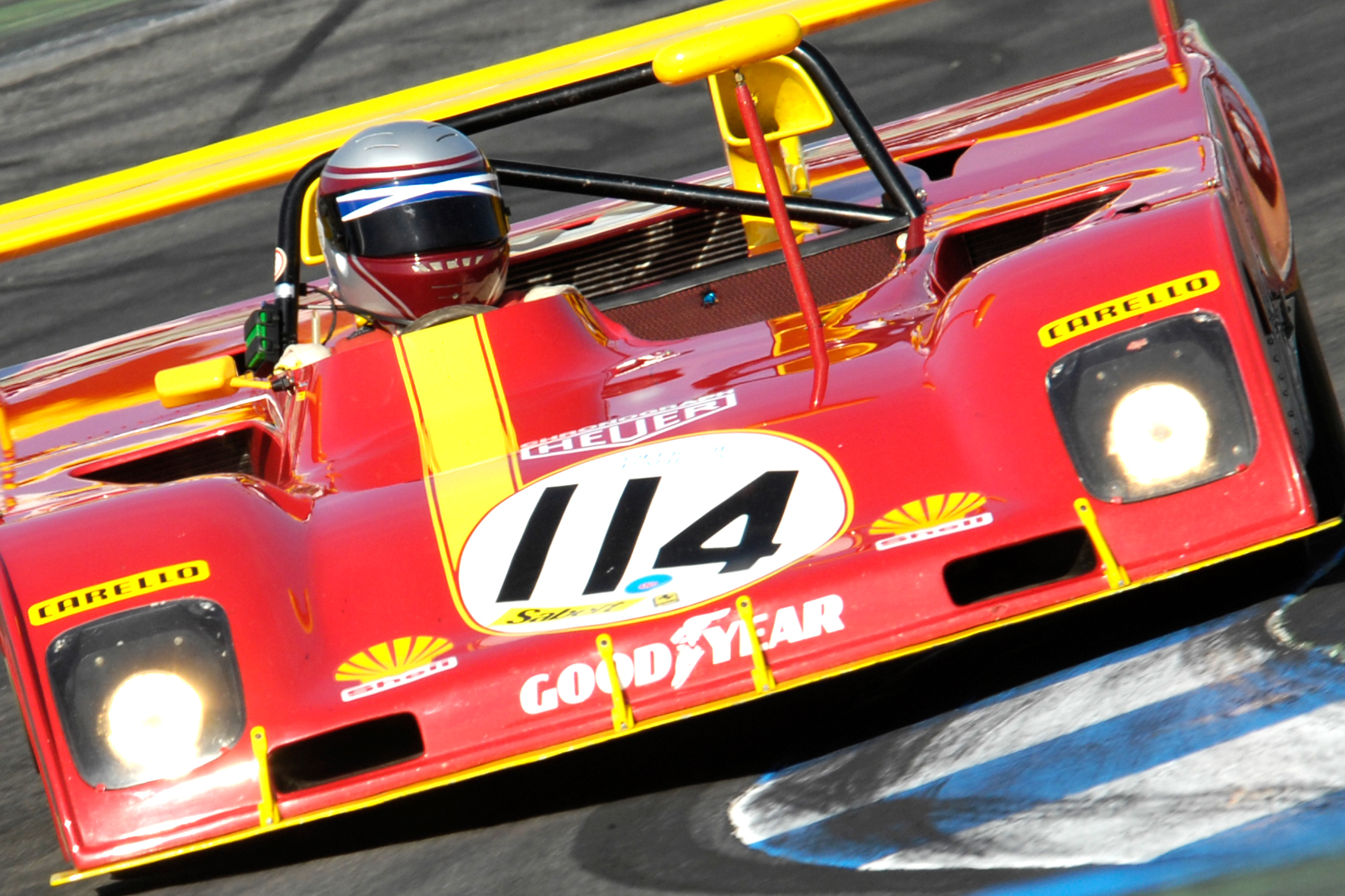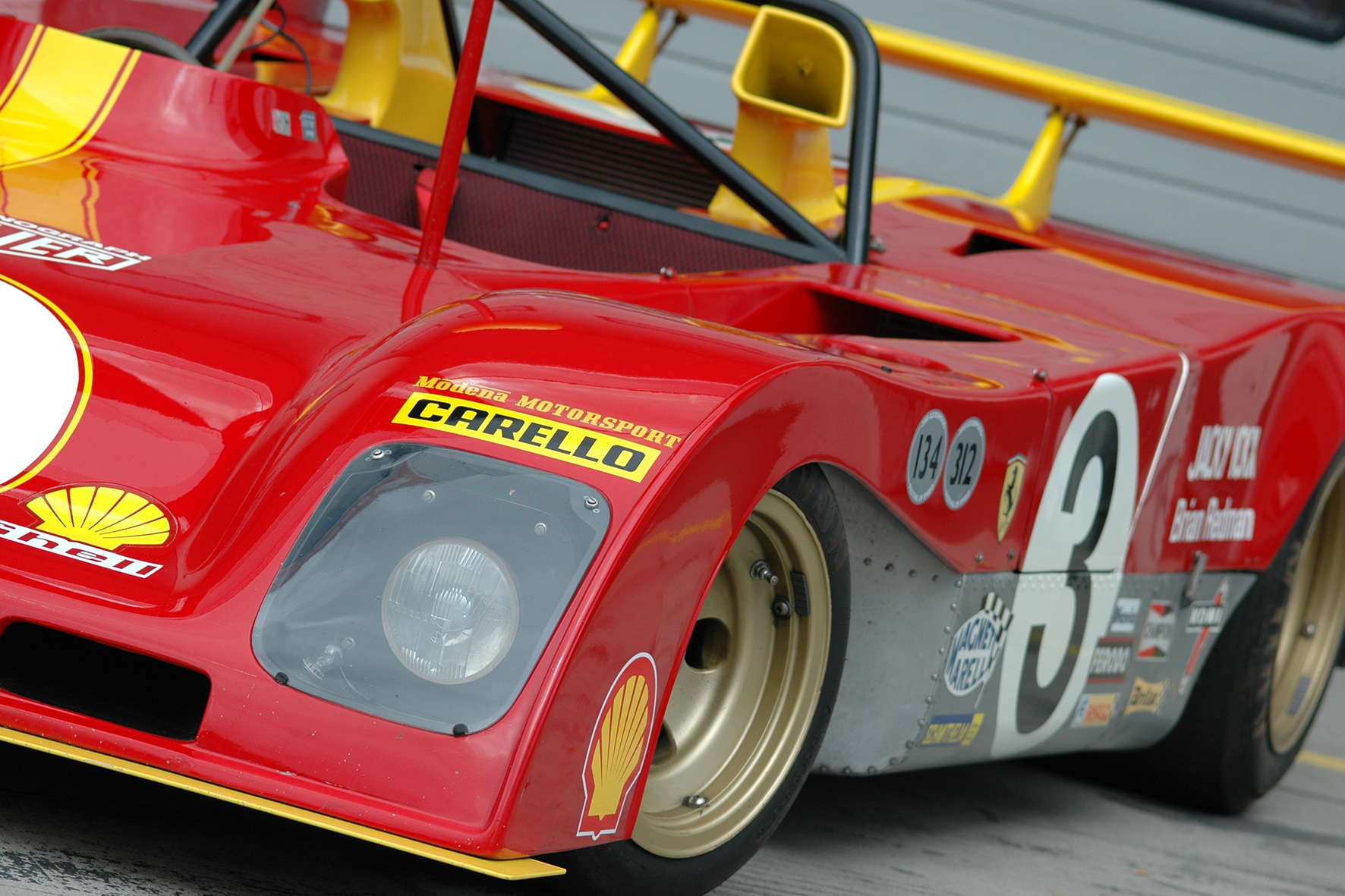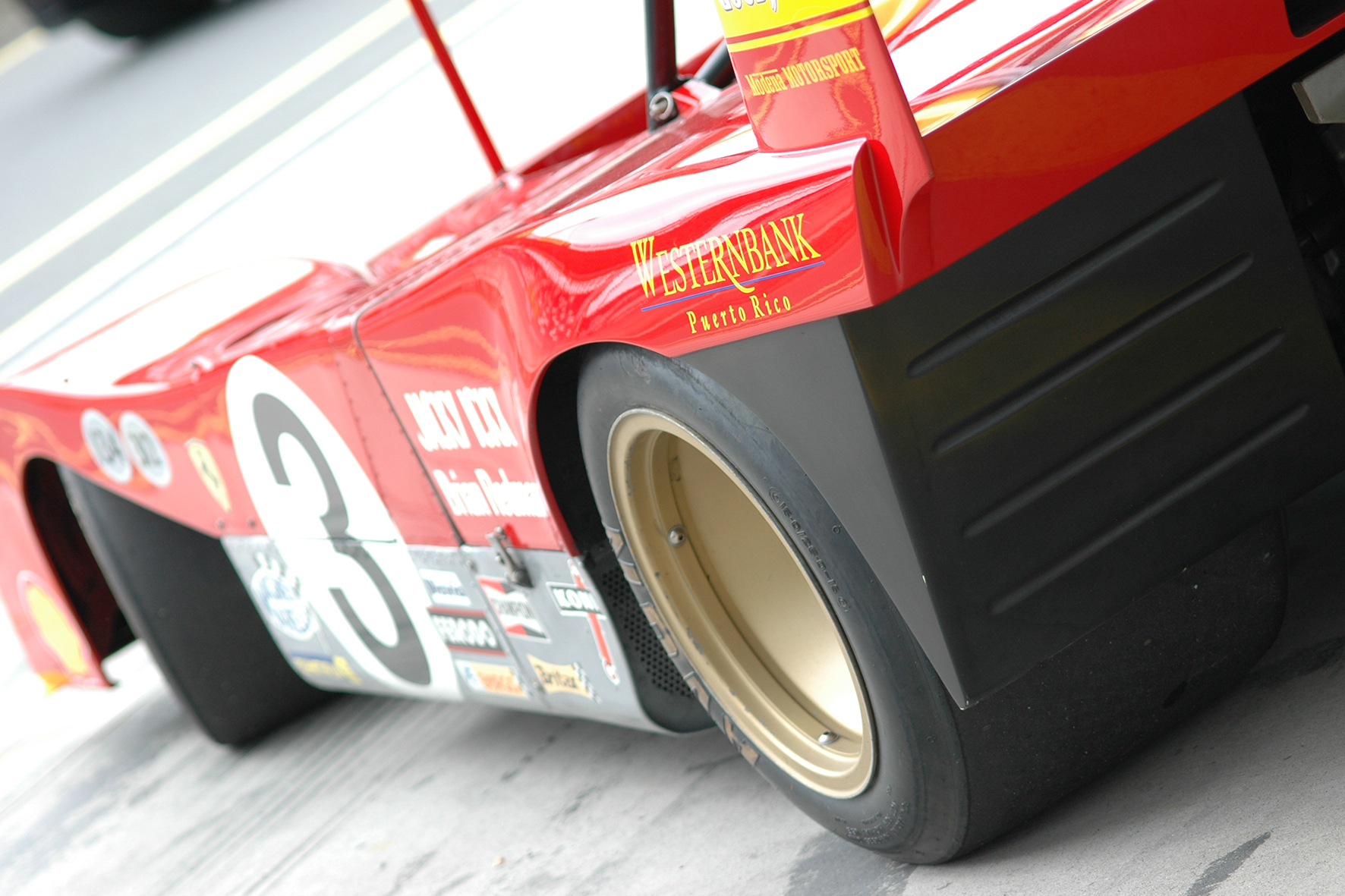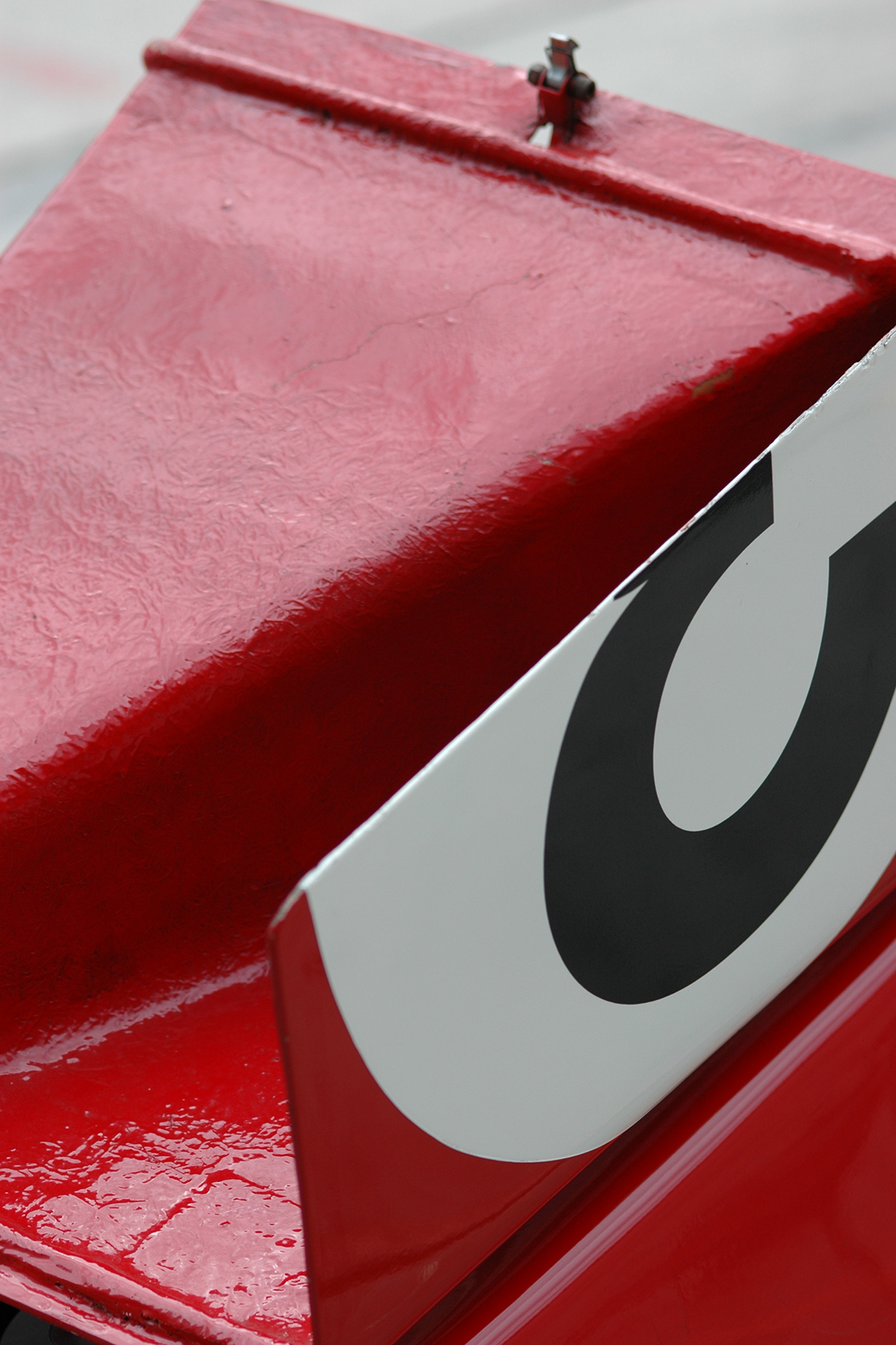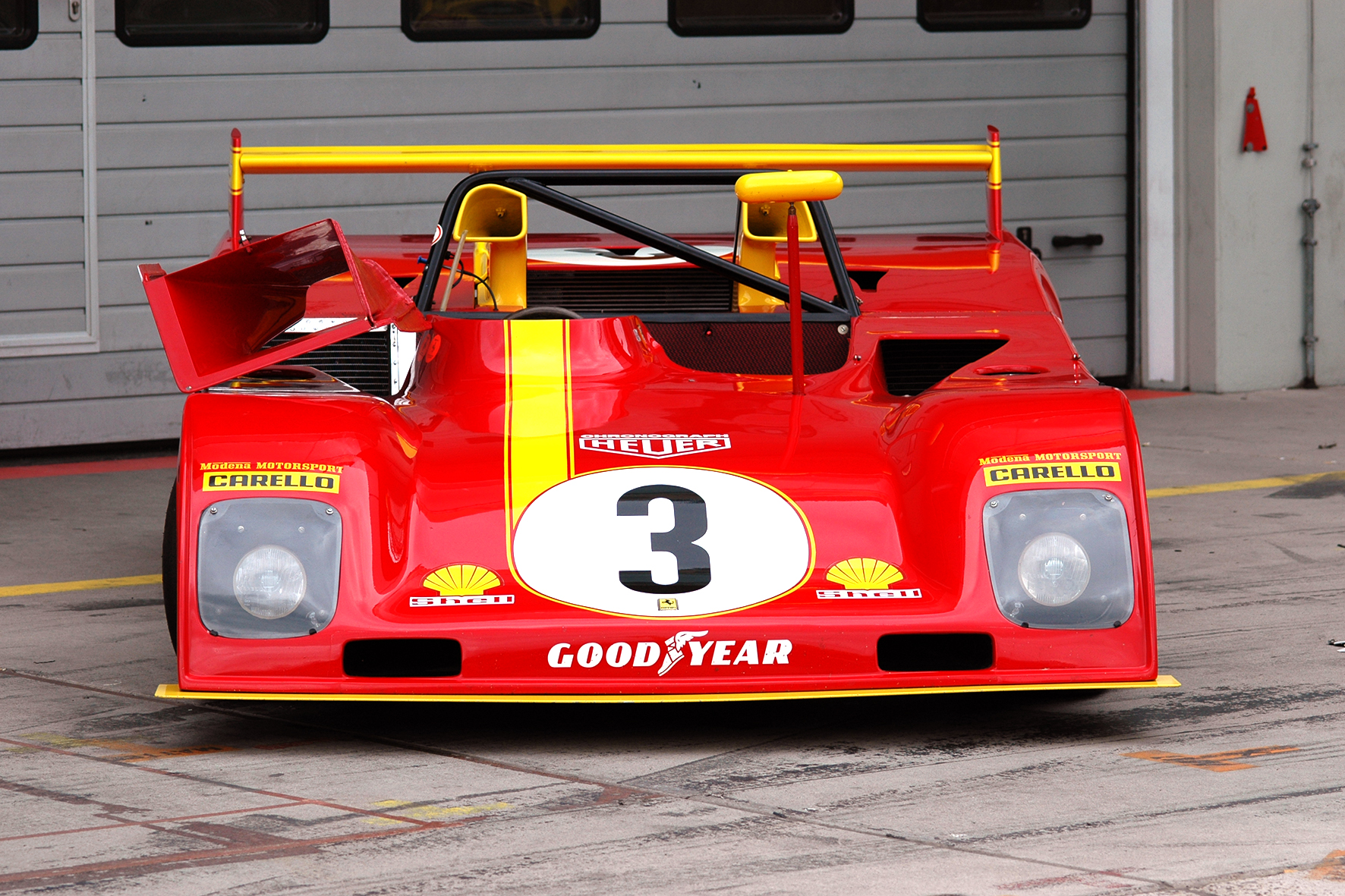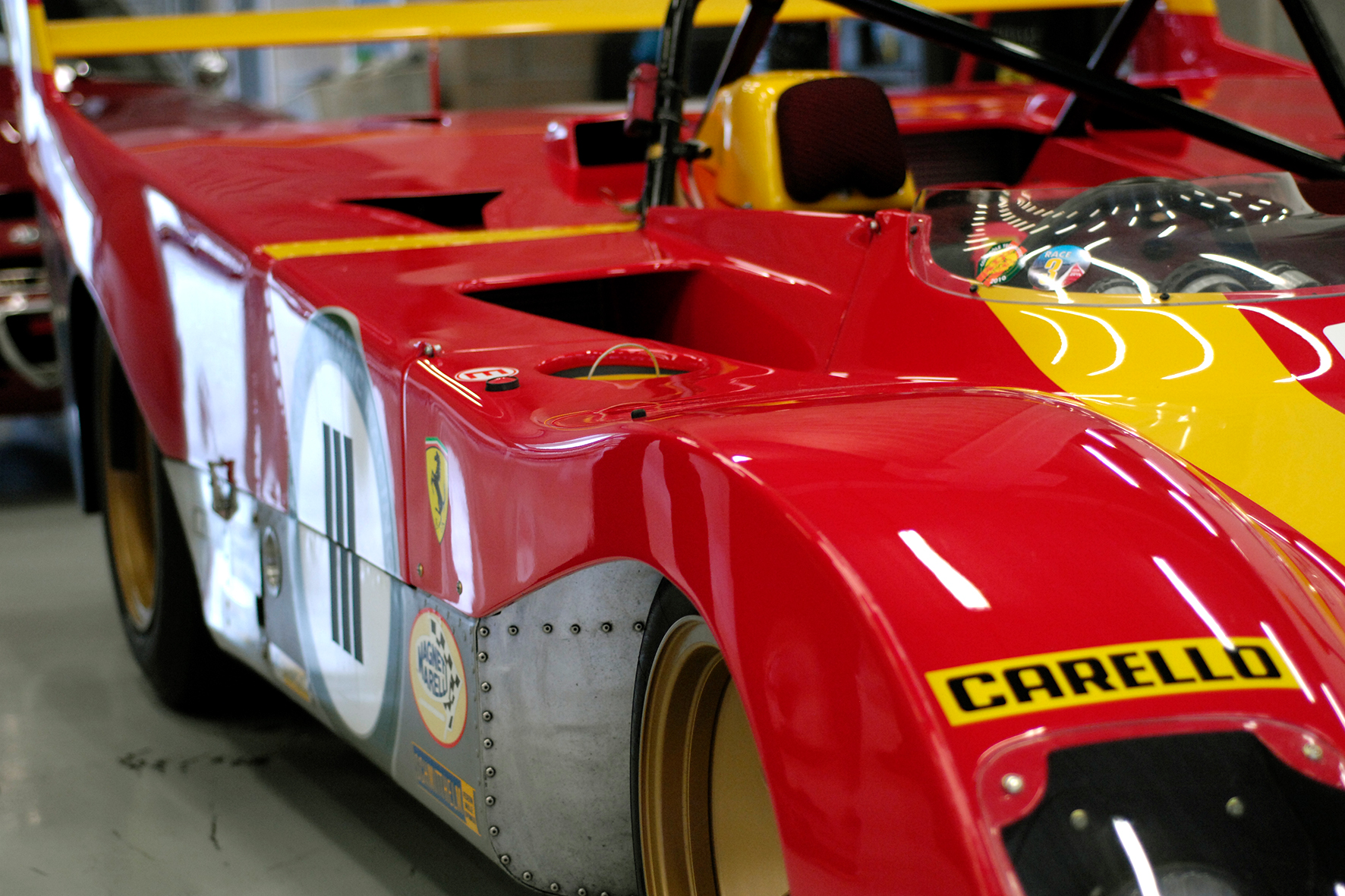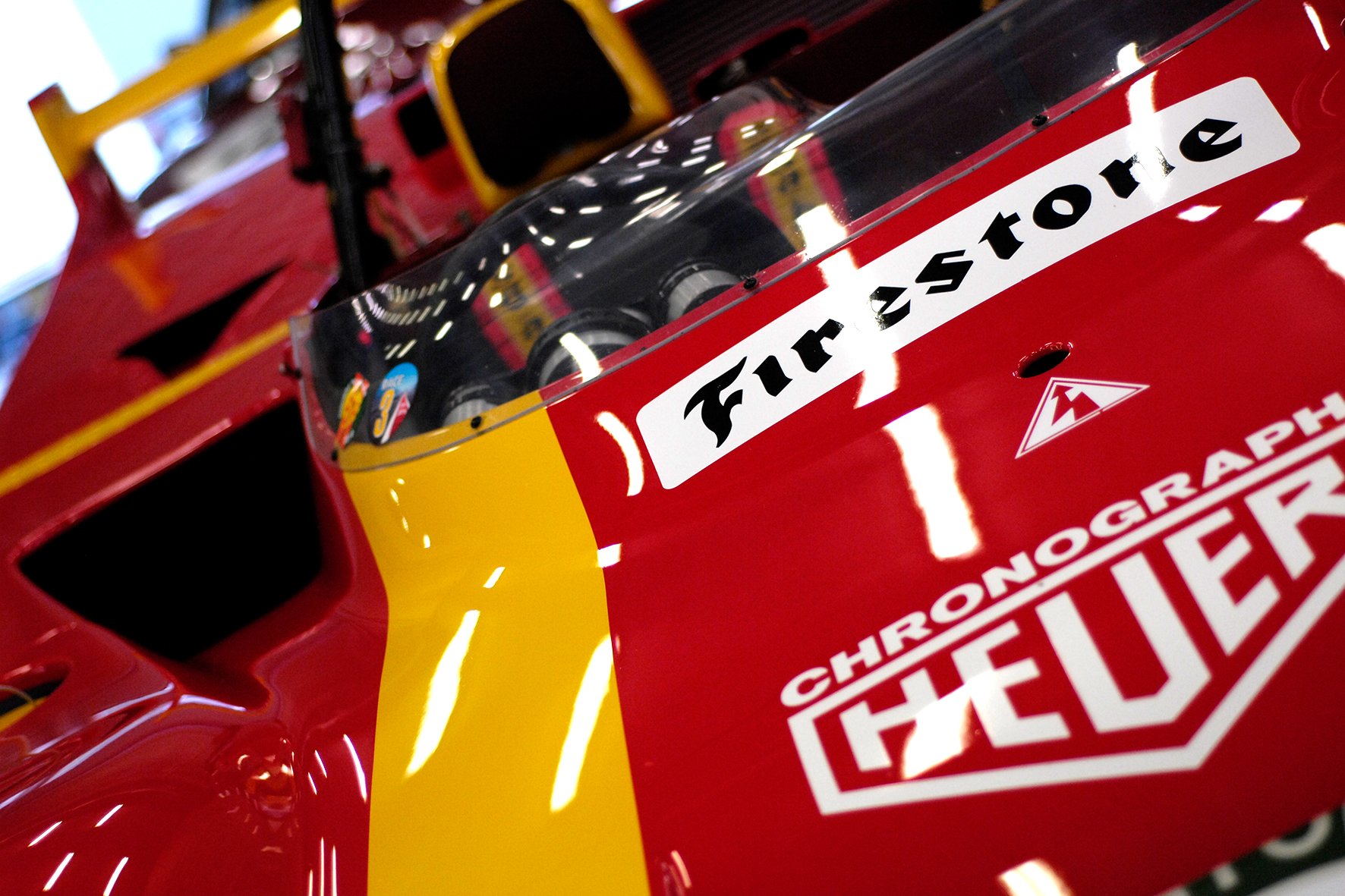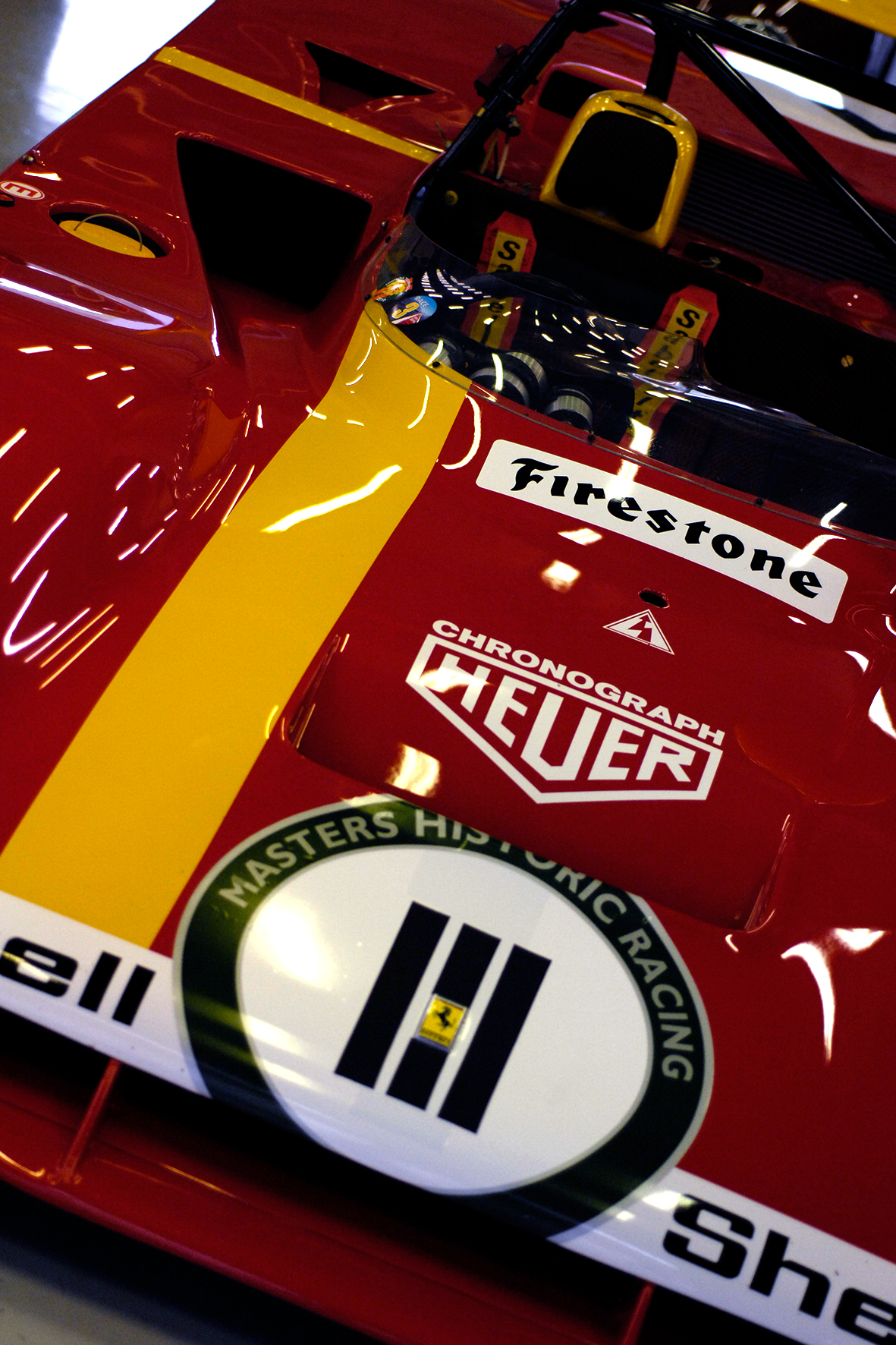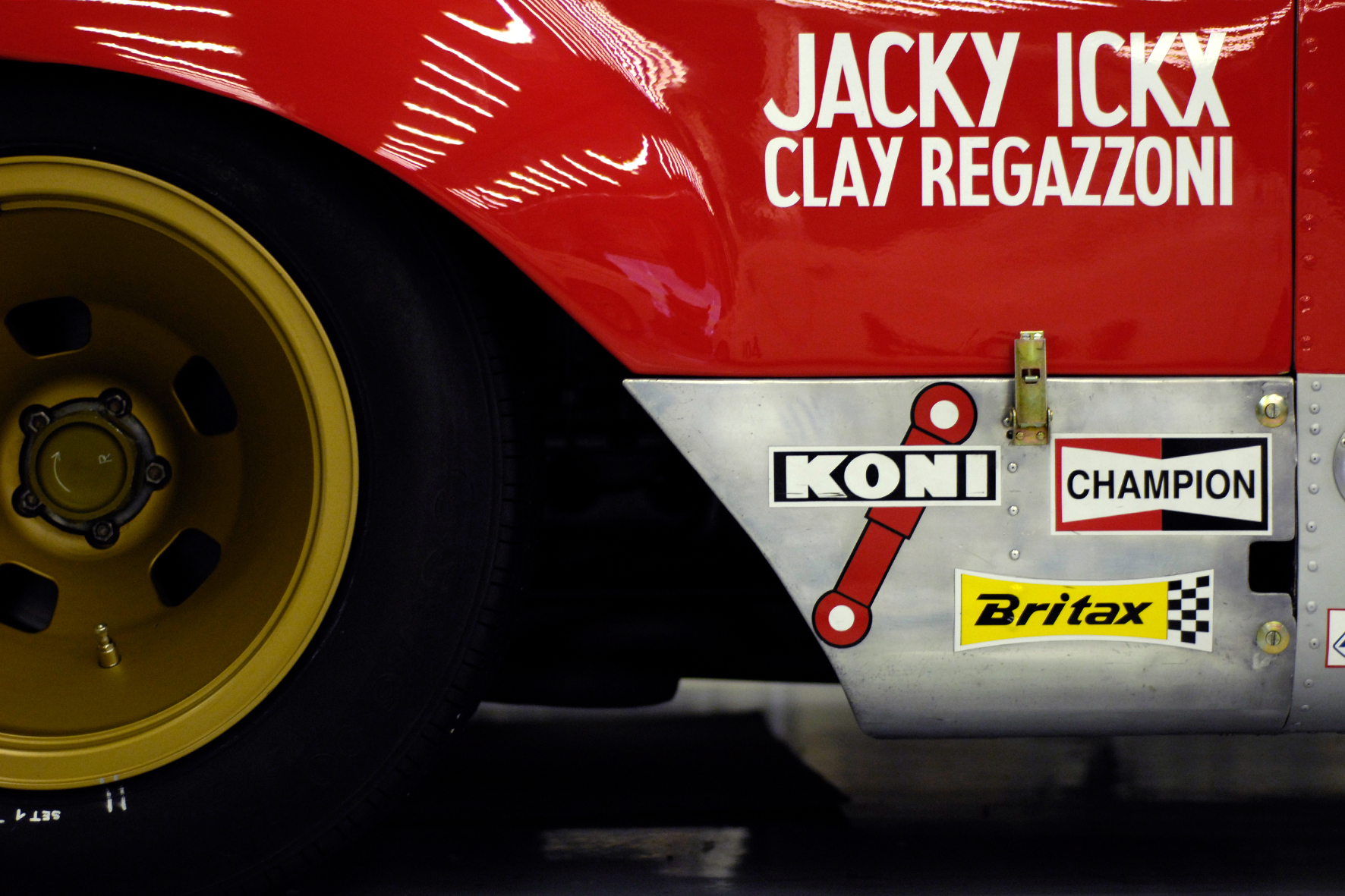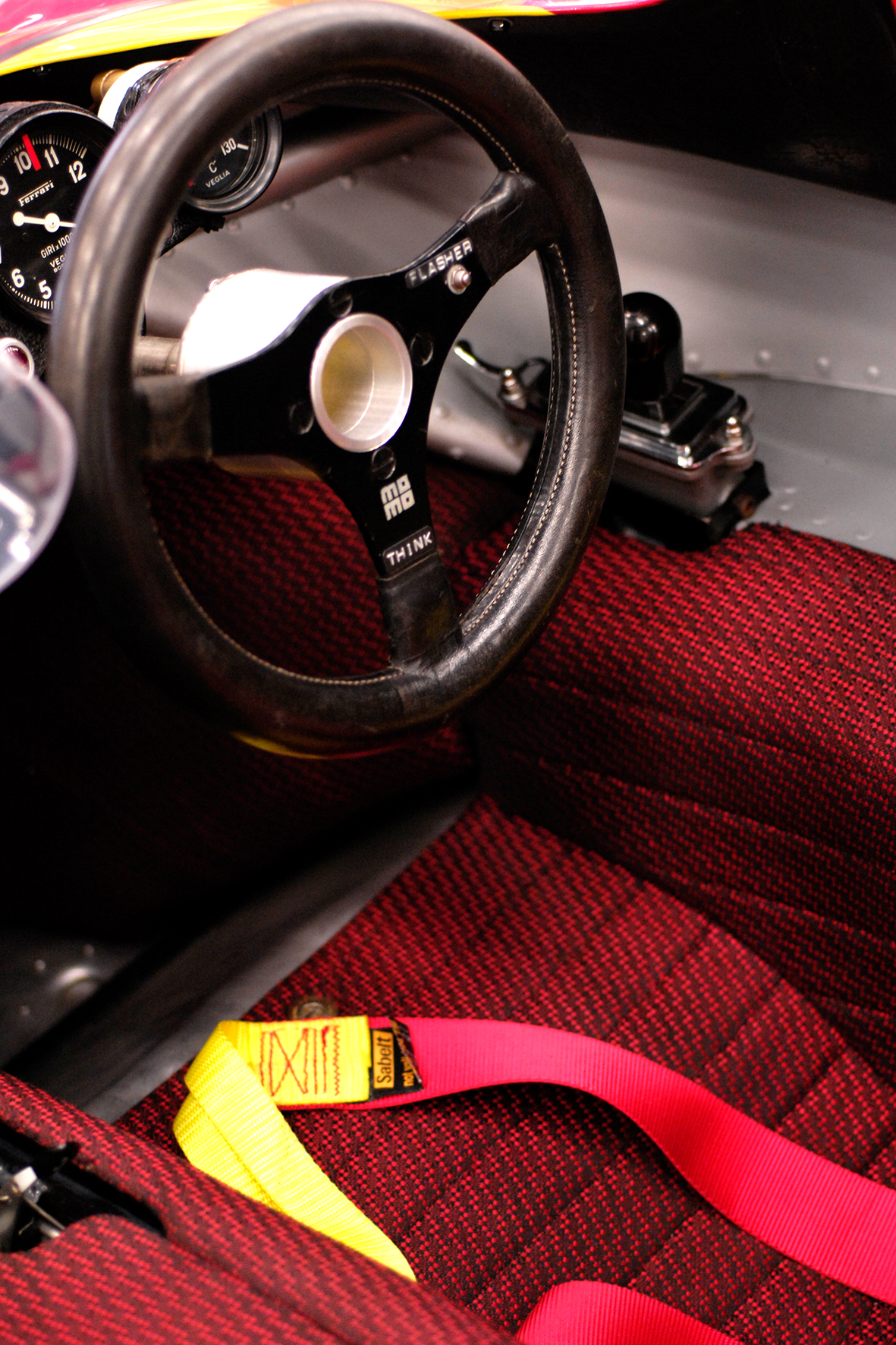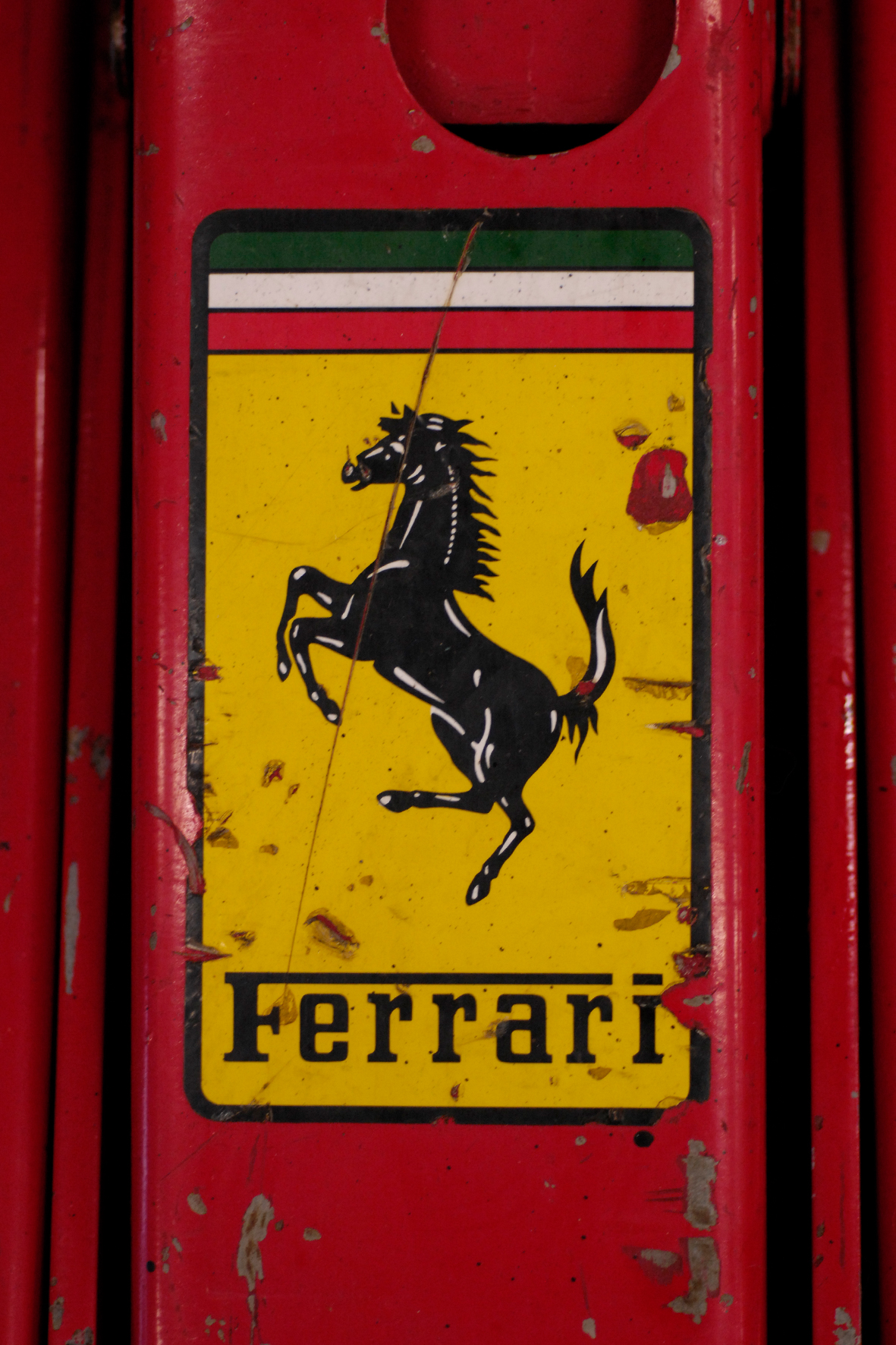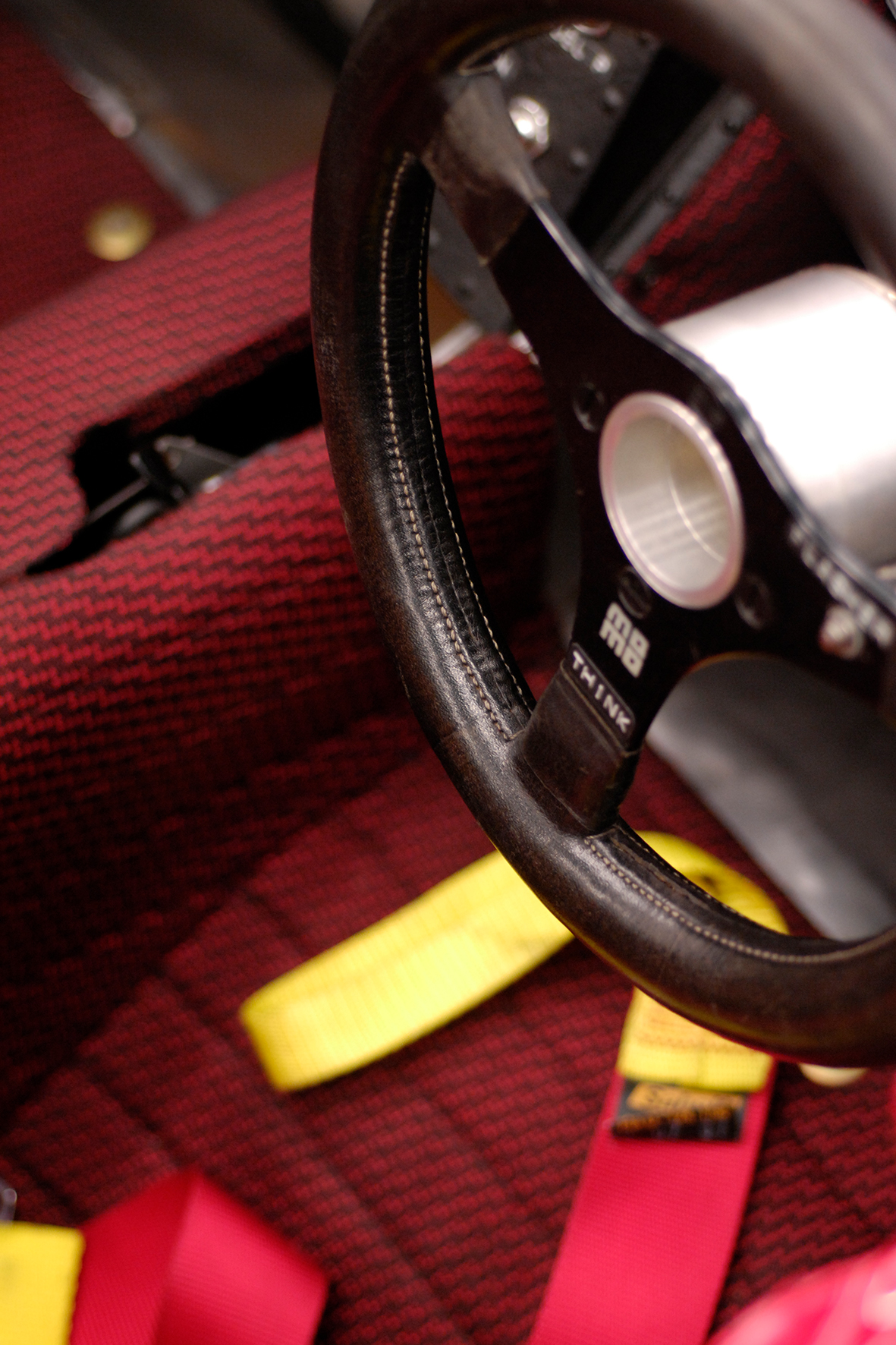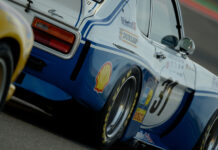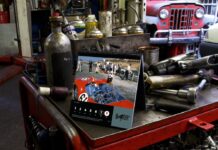In addition to Formula One, my second love was and is the sports prototypes of the World Endurance Championship with the numerous famous 1000 KM races at the Nürburgring, Monza or Spa Francorchamps and of course the classics, the 24 Hours of Le Mans and Daytona.
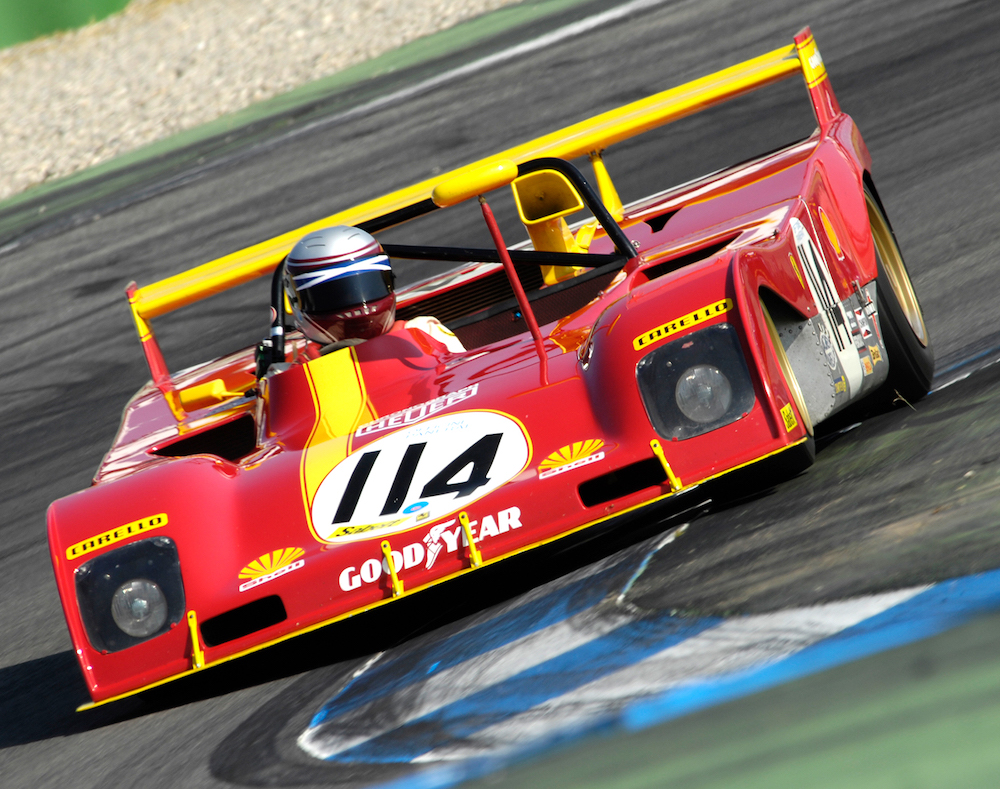
For me, the long-tail versions of the Porsche 907, 908 and 917, the Ferrari 512 S, the Alfa Romeo T33 and, of course, the Ford P3 are aesthetically superior to all the others, even if the latter was extremely unsuccessful. All these racing cars are closed sports prototypes with a cockpit reminiscent of an aeroplane cockpit.
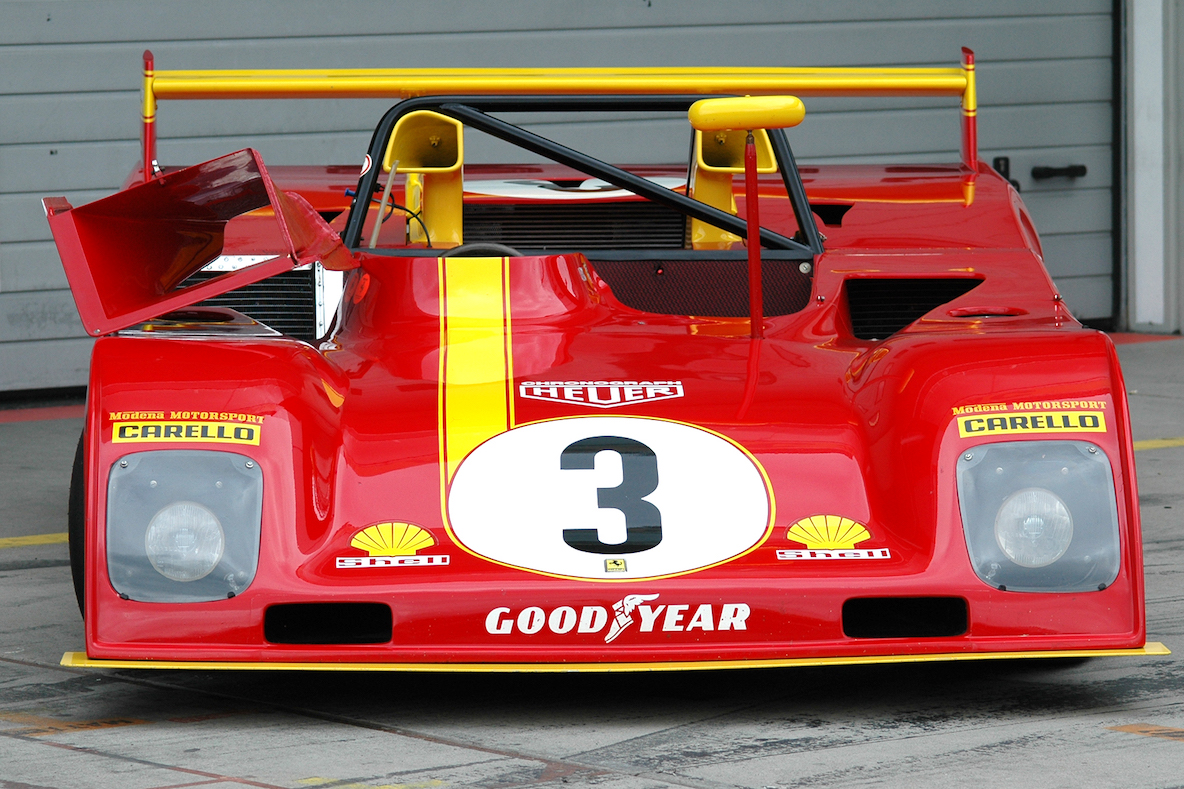
Yes, and there is this Ferrari 312 PB. Not exactly the most attractive racing car ever built in Maranello, at least from my point of view. An open-top sports prototype, but one that dominated the 1972 World Endurance Championship at will and was almost invincible that year. A remarkable racing car in every respect, developed under the direction of the legendary Mauro Forghieri.

After the use of five-litre engines was banned for the World Endurance Championship from the 1972 season onwards, thus sealing the end of the Ferrari 512 S and the Porsche 917, a completely new car had to be developed at Scuderia Ferrari.
A three-litre engine was practically on the shelf in Maranello; the engine used in the Formula One World Championship was, as is well known, a three-litre 12-cylinder engine. However, the designation 312PB is somewhat misleading, as the engine used was not a boxer engine but a 180° V-engine, which dramatically lowered the centre of gravity of the Ferrari 312PB.

In addition, the 312PB had an aluminium semi-monocoque, similar to that of the Formula 1 Ferrari of the time. In general, the design can be understood as a Formula 1 racing car with full panelling, i.e. a complete bodywork. The 312 PB is one of the most successful and best sports prototypes. Designer Mauro Forghieri described the concept: “A very low centre of gravity and a design that was more like a Formula 1 car than a sports prototype with a closed body”. This was also confirmed by the works driver at the time, Brian Redman: “It was a Grand Prix car with bodywork and it was fantastic. It was very good and easy to drive, and the gearbox was the best far and wide.” Mario Andretti, works driver in 1971 and 1972, adds: “You could jump around with it like a Formula 1 car. It was manoeuvrable and fast.“
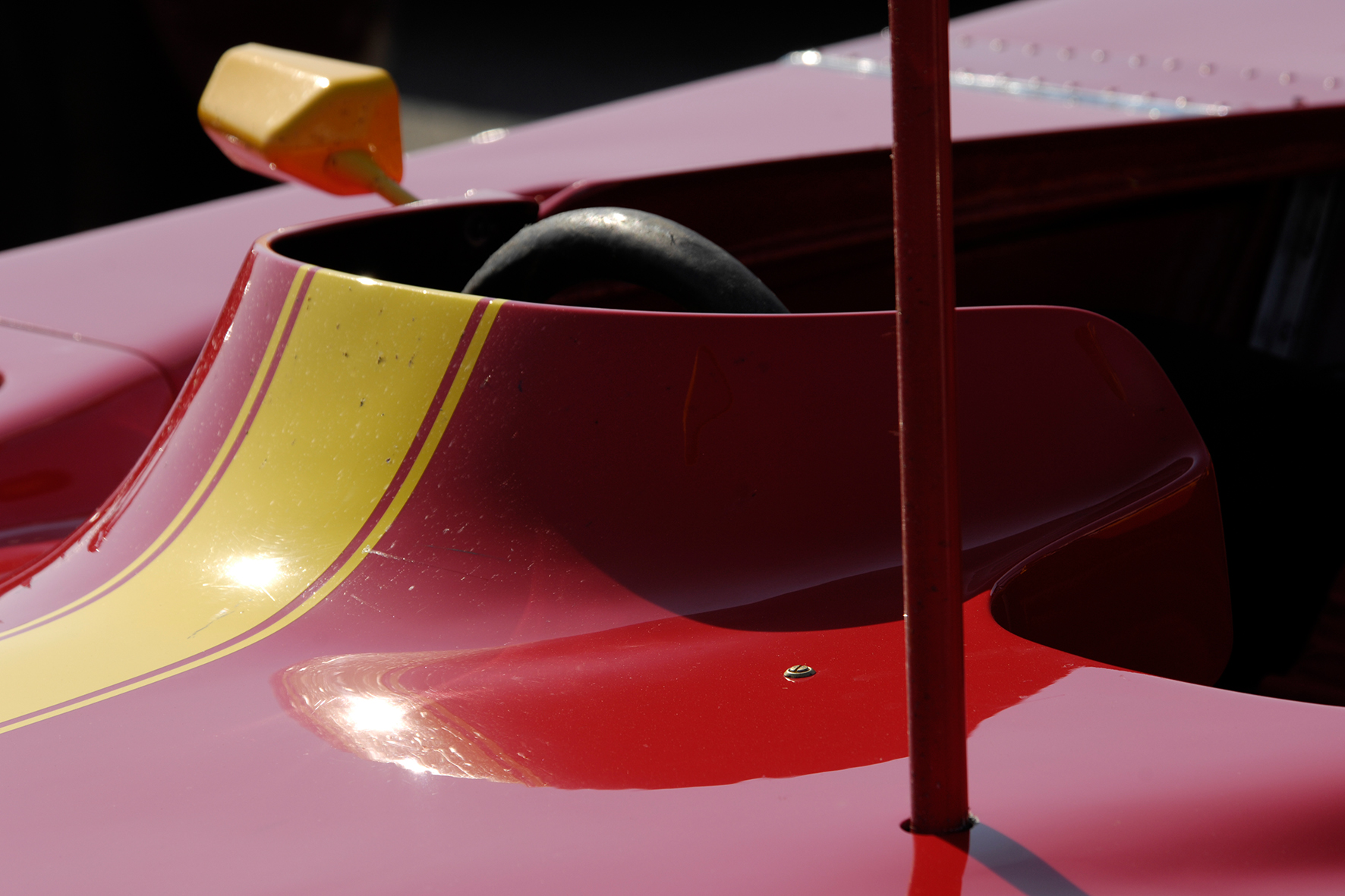
But it was considered rather unsuitable for 24-hour races. In its first season in 1971, the 3-litre Ferrari 312 PB could not hold its own against the 5-litre prototypes still used by Porsche, the Porsche 917. But in the 1972 season, the Ferrari 312 PB was the dominator of the World Endurance Championship. In the hands of such renowned racing drivers as Jacky Ickx, Carlos Reutemann, Ronnie Peterson, Clay Regazzoni, Arturo Merzario and Carlos Pace, the 312 PB was almost unbeatable and far superior to the competition. However, Scuderia Ferrari decided not to take part in the 24 Hours of Le Mans to avoid risking defeat. Nevertheless, they still won the World Endurance Championship. This was also the last one-make world championship for Ferrari in the World Endurance Championship.
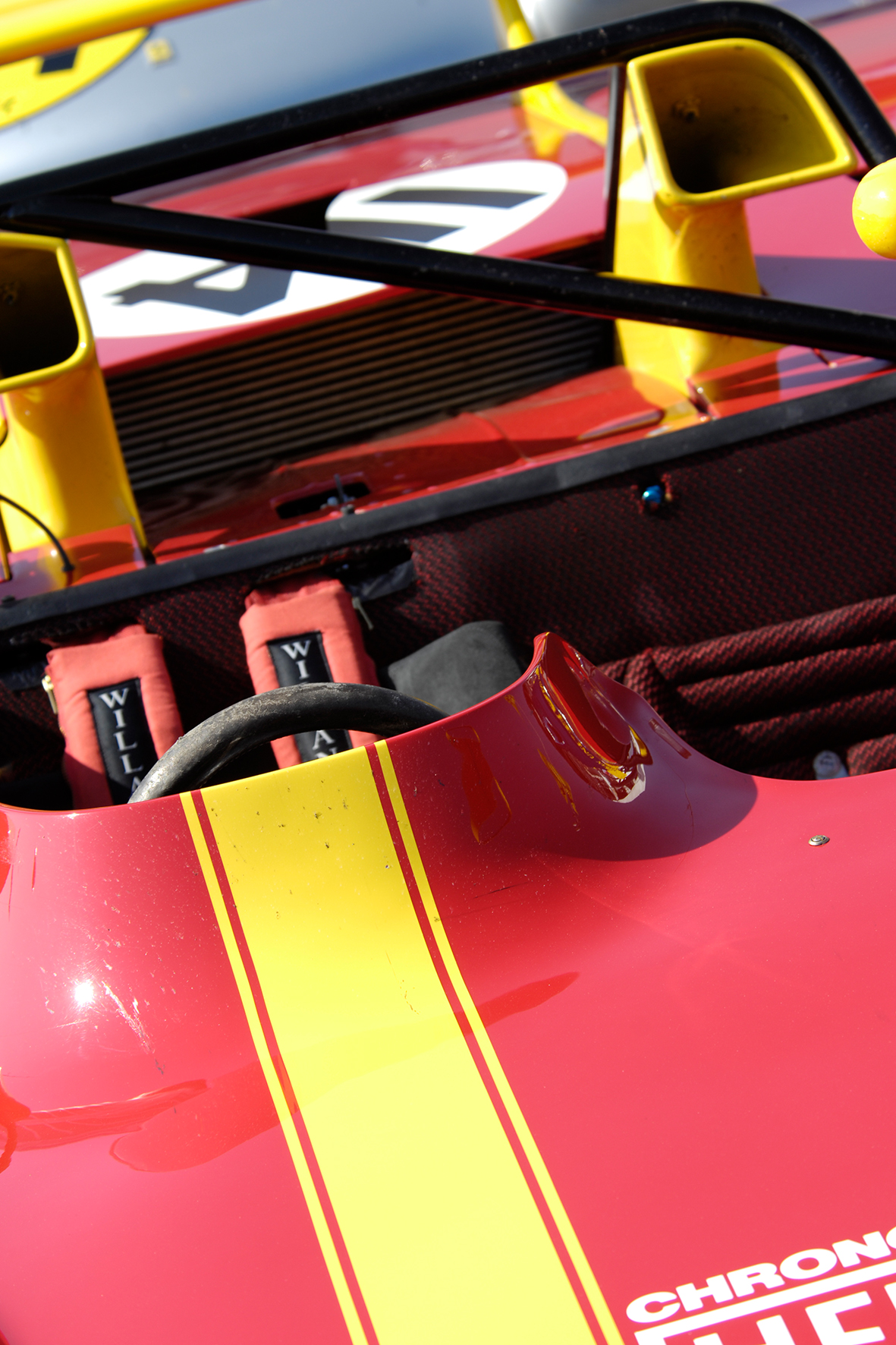
In 2023, on 20 May 2023 to be precise, a Ferrari 312 PB was sold at RM Sotheby’s Villa Erbe auction on Lake Como for just over 12 million euros. It was chassis number 0886 and was one of only seven 312 PBs used by the factory in the 1972 season. In the hands of the Swedish / Australian driver pairing Ronnie Peterson / Tim Schenken, chassis number 0886 was the winning race car at the season opener in Buenos Aires and later in the year at the 1000 KM race on the Nürburgring.
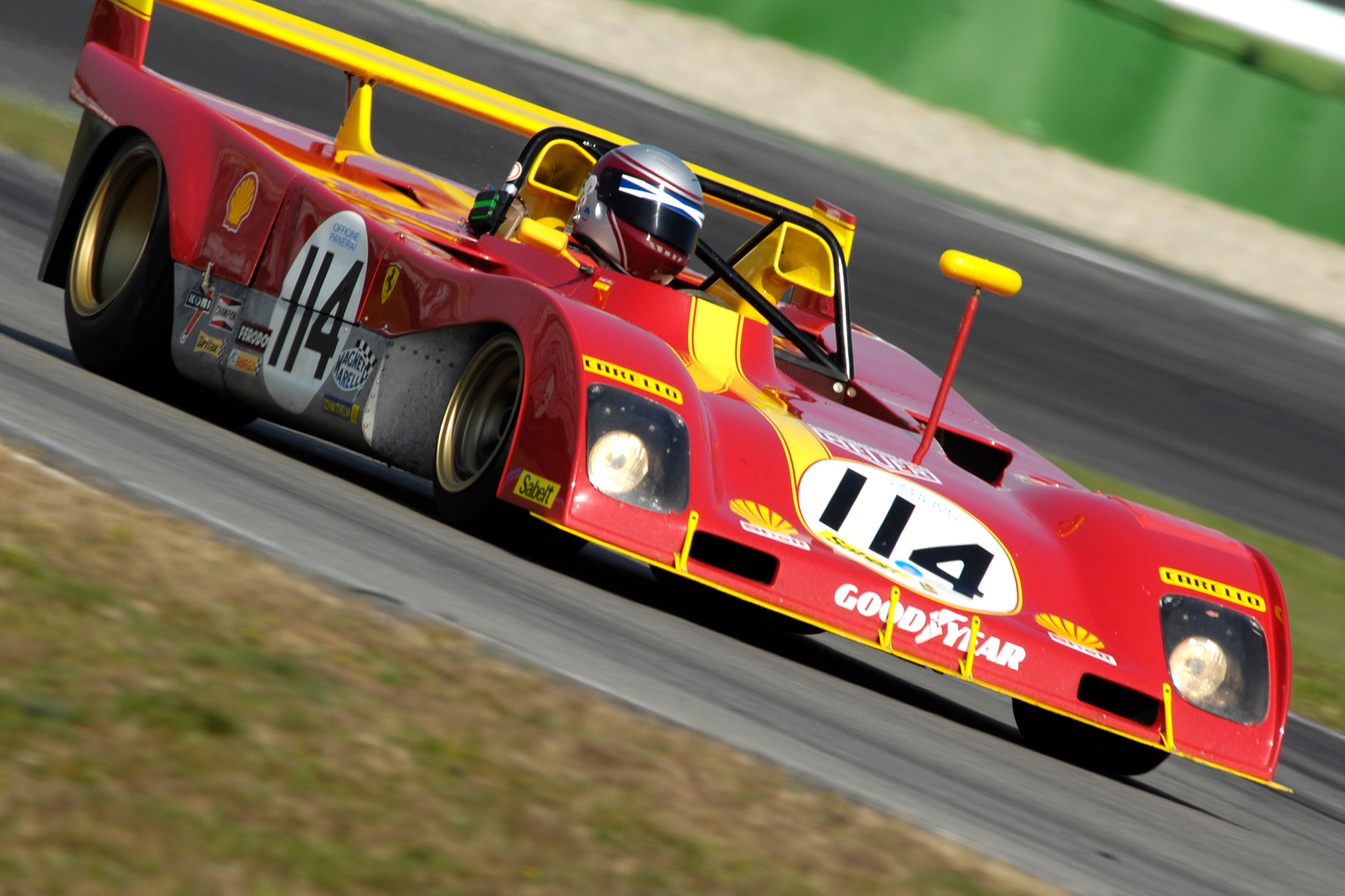
The auctioned 312 PB was therefore one of the most successful and prestigious examples of the 312 PB series and is therefore probably worth the money. Racing cars with such a history are always expensive and when they come from Maranello and have the Ferrari crest on them, enthusiasts have to pay extra.
Although the career of the 312 PB ended when the works team withdrew at the end of 1973 and Enzo Ferrari concentrated on Formula 1, the 0886 chassis remained in the hallowed halls of the Scuderia until July 1975. This successful racing car was then sold to the US American Harley Cluxton – at the time for a comparatively paltry 40,500 US dollars. After that, the 312 PB belonged to long-time Wal-Mart boss S. Robson Walton and Irvine Laidlaw, one of the richest Britons and a former member of the House of Lords, among other owners.

In 2010, the Ferrari found a new home with a collector and dealer in the south of France. Now the 312 PB was available again.
The purchase price naturally includes a comprehensive spare parts package including the original engine. The approximately 450 hp V12 with 180-degree bank angle, a throttled-down brother of the Scuderia’s Formula 1 engine of the time, would be too valuable for further use today.

I had the pleasure of experiencing the 312 PB in action at a few races and enjoying the bright sound of the 3-litre 12-cylinder engine. This Ferrari is also photogenic and very special in its external shape, but for me it is not my favourite Ferrari.
As mentioned above, Scuderia Ferrari finally withdrew from the World Endurance Championship at the end of 1973 to concentrate fully on Formula 1. This made the 312 PB the last Ferrari sports prototype to be used by the factory. It was not until 2023 that they returned with the Ferrari 499P hypercar and won the 24 Hours of Le Mans in outstanding style. Find out more about our photographer Ralph Lüker.
